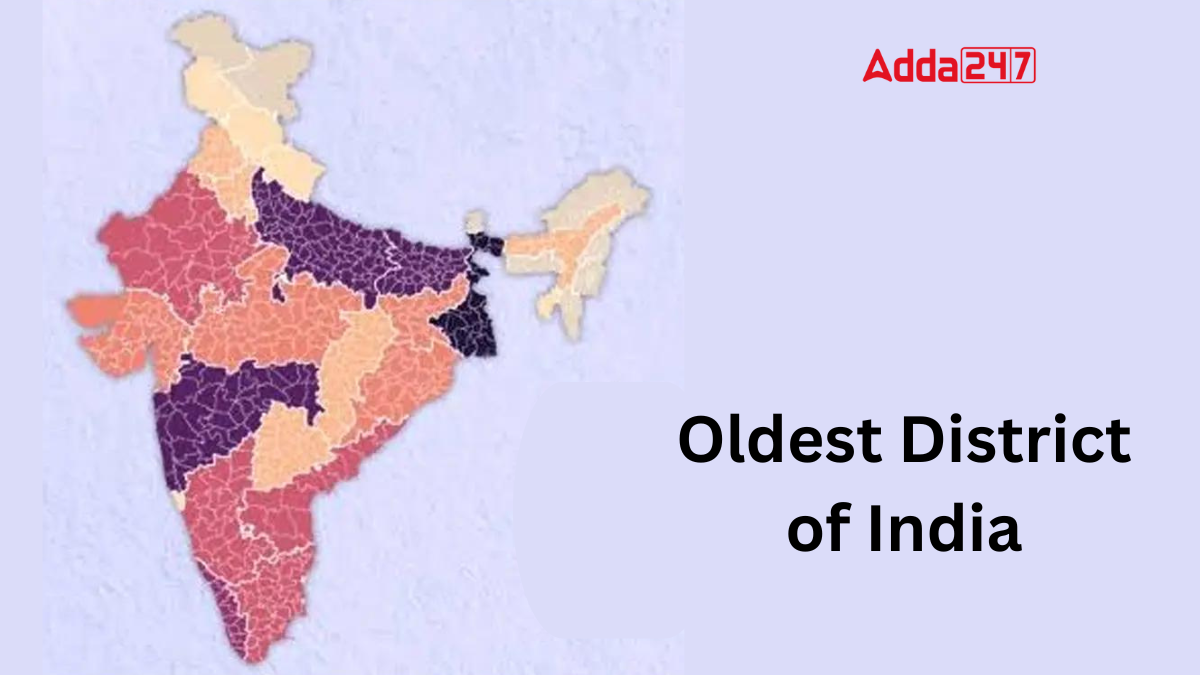India is a land of rich history, with various regions boasting centuries of culture, heritage, and administrative evolution. Among its many districts, one stands out as the oldest – Purnia in Bihar. This district carries historical significance dating back to ancient times, marked by its strategic location and cultural importance.
Total Number of Districts in India
India is home to 800 districts. These districts serve as administrative units within the country’s states and territories. While some districts are broken down into sub-divisions, others are organized into tehsils or talukas.
Largest and Smallest Districts in India
The largest district in India by area is Kutch, Gujarat, spanning 45,652 square kilometers, covering 23.27% of the state’s total area. The smallest district is Mahé in Puducherry, with an area of just 8.69 square kilometers. Mahé is one of the four districts of the union territory of Puducherry.
Oldest District of India
The oldest district in India is Purnia in the state of Bihar. Purnia was established by the East India Company in the year 1770. At that time, the company was rapidly expanding its empire across Bihar. The name “Purnia” is derived from the words Purana (complete) and Aranya (forest), meaning a region fully covered by forests.
Historical Significance of Purnia
Purnia district holds great historical importance, especially during British rule. It played a key role in the East India Company’s administrative control over Bihar. The district was largely forested, adding to its strategic significance during colonial times.
Some historical records also mention Salem district in Tamil Nadu, which was established in 1792. Salem district covers an area of 7,530 square kilometers and includes regions like Dharmapuri, Namakkal, and Krishnagiri. There are also references to Varanasi, but Purnia remains widely accepted as the oldest district.




 World’s 10 Richest Families in 2025: Top...
World’s 10 Richest Families in 2025: Top...
 Which is the Oldest Rainforest on the Ea...
Which is the Oldest Rainforest on the Ea...
 Narpuh Wildlife Sanctuary: Conservation ...
Narpuh Wildlife Sanctuary: Conservation ...







